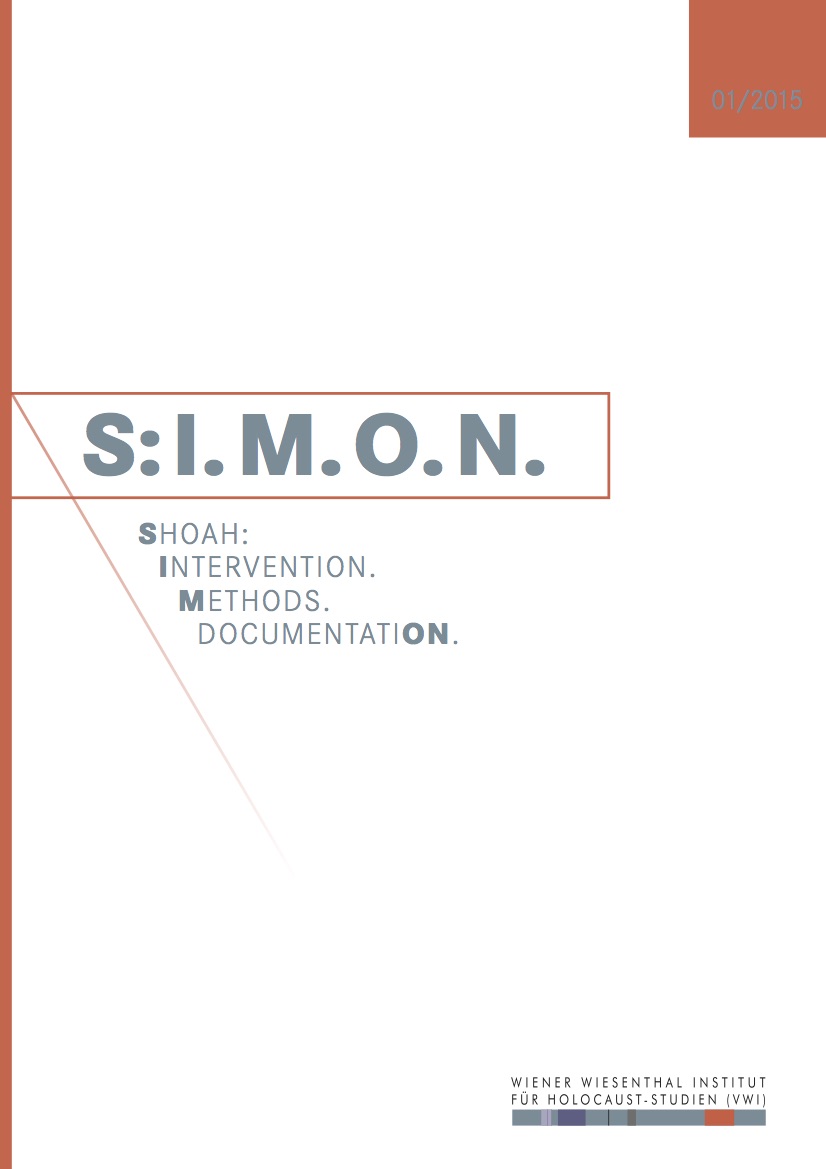The Genocide of Roma and Sinti - Their Political Movement from the Perspective of Social Trauma Theory
The Genocide of Roma and Sinti - Their Political Movement from the Perspective of Social Trauma Theory
Author(s): Sławomir KapralskiContributor(s): Nadezda Kinsky-Müngersdorff (Editor)
Subject(s): Recent History (1900 till today), Studies in violence and power, WW II and following years (1940 - 1949), History of the Holocaust, History of Antisemitism, Ethnic Minorities Studies
Published by: Wiener Wiesenthal Institut für Holocaust-Studien
Keywords: Roma and Sinti memories of the genocide; social construction of trauma; identity; post-war situation; fragmented and incoherent memory; struggle for empowerment;
Summary/Abstract: It is argued in this paper that Roma and Sinti memories of the genocide during the Second World War did not form a coherent picture of the past that would be widely shared among them. Therefore, the recent spread of memorialization and commemoration of the genocide of Roma and Sinti shall be interpreted as a process of the social construction of trauma in which memory increasingly becomes a marker of identity, not just the recollection of the past. The article presents the consequences of the genocide of Roma and Sinti for their post-war situation and the emergence of the memory of the genocide within their political move- ment, both on the local and transnational levels. Drawing on Jeffrey Alexander’s social theory of trauma, I argue that Roma and Sinti do remember the Nazi persecution, that these memories are fragmented and incoherent largely because of the nature of the crimes committed on them by National Socialism, and that their self-definition as victims of genocide is a social construction embedded in their struggle for empowerment.
Journal: S:I.M.O.N. Shoah: Intervention. Methods. Documentation.
- Issue Year: 2/2015
- Issue No: 1
- Page Range: 39-47
- Page Count: 9
- Language: English

